- Saturday, 14 June 2025
Nepal Needs Top-notch Stadiums
The near-flawless performance of the Nepali women's football team in the recently concluded West Asian Football Federation (WAFF) tournament in Saudi Arabia has enchanted Nepali football enthusiasts. Despite narrowly missing out on the historic championship title and falling to six-time title winner Jordan in a nail-biting penalty shootout during the final match, the team's remarkable display has left an indelible mark. It is worth noting that Nepal, significantly lower in FIFA rankings compared to other participating teams, surpassed expectations and displayed exceptional skill and determination throughout the tournament. This incredible journey of the women’s football team in their maiden WAFF tournament underscores the immense potential of football in Nepal, signalling a promising future for the sport in the country.
Cricket has swiftly become the new passion for sports enthusiasts in Nepal. The remarkable rise of the Nepali cricket team, particularly since the appointment of Monty Desai as the head coach, has sent ripples of concern through the bigwigs of the global cricketing community. Nepal is gradually being recognised as a rising force in Asian cricket, standing shoulder to shoulder with its neighbouring cricket giants.
Although Nepal narrowly missed out on clinching the title in the recently concluded Tri-Nations T20I series at home, featuring Namibia and the Netherlands, the team that is affectionately referred to as the Rhinos is steadily etching its presence in the global cricketing arena. The fervent support of Nepali fans cheering on the Rhinos at the Tribhuwan University (TU) International Cricket Ground was truly a spectacle to behold. Indeed, Nepali fans consistently flood the cricket ground whenever the home team takes to the field, creating an electrifying atmosphere that adds to the excitement of the game.
Amidst these uplifting sporting moments, a disheartening piece of news has emerged in the media that Nepal's World Cup qualifying match against Bahrain, scheduled to take place at Dashrath Stadium on March 21, has been forced to be relocated to a neutral venue. Following an inspection of the stadium, representatives from the Bahrain Football Association have informed the Asian Football Confederation that Dashrath Stadium is unsuitable for hosting an international match. This is not the first instance where the Nepali football team has been deprived of the opportunity to compete in a World Cup qualifying match in front of their home crowd. The match against Kuwait was also played in the Bhutanese capital, Thimpu, in 2019. The home crowd is often regarded as the ‘twelfth player’ in a thrilling sporting event, and being deprived of the opportunity to play at Dashrath Stadium will certainly put the Nepali team at a psychological disadvantage.
Currently, Nepal's sporting landscape is grappling with several challenges, foremost among them being the deficiency of adequate facilities. Dashrath Stadium, the nation's only international-level venue, falls short in various aspects, such as seating capacity, modern training facilities, and state-of-the-art equipment. Furthermore, the stadium is frequently used for non-sporting events like musical concerts, university convocations, and cultural gatherings, contributing to the deterioration of its playing surface. Compounding the issue, Nepal lacks a dedicated cricket stadium, leading national and international matches to be primarily held at the TU Cricket Ground. This deficiency has not only hindered the development of athletes but also diminished the country's ability to host high-level international events and competitions.
International-level stadiums play a pivotal role in transforming the sporting landscape of a nation. They serve as venues for hosting major sporting events, attracting athletes, spectators, and media attention from around the world. Moreover, modern stadiums provide athletes with access to world-class training facilities, enabling them to hone their skills and compete at the highest level. Hence, Nepal desperately needs new and modern stadiums throughout the country.
The construction of international-level stadiums will have multifaceted benefits. Firstly, it will create a conducive environment for nurturing talent across various sports disciplines. Athletes will have access to top-notch training facilities, coaching expertise, and exposure to international competitions, fostering their growth and development. The recent successes of Nepal's football and cricket teams, despite the lack of modern amenities, underscore the natural talent inherent in Nepali athletes. Hence, it is evident that providing state-of-the-art training and physical facilities would undoubtedly enhance their talent even further.
Moreover, the presence of such stadiums would bolster the country's reputation as a host for regional and international sporting events. Nepal has the potential to become a hub for sports tourism, attracting visitors and generating revenue through ticket sales, hospitality services, and associated businesses. Given that cricket stands as the most popular sport in South Asia, Nepal can emerge as an ideal host for high-profile matches, including those involving India and Pakistan.
Furthermore, international sporting events hosted in Nepal will have the power to unite communities, foster national pride, and promote cross-cultural exchange. These events will serve as platforms for showcasing Nepal's rich cultural heritage and natural beauty to a global audience, thereby enhancing the country's soft power on the international stage.
To sum up, the necessity of infrastructure, particularly international-level stadiums, is paramount for upgrading the quality of sports in Nepal. By investing in such facilities, Nepal can unlock its sporting potential, foster talent development, and position itself as a prominent player in the global sports arena. It is not just about constructing stadiums; it is about laying the foundation for a brighter, more prosperous future for Nepalese sports and society as a whole.
(The author is a senior scientist based in Germany.)



-original-thumb.jpg)
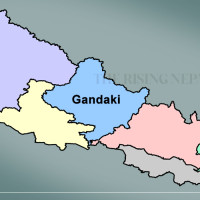
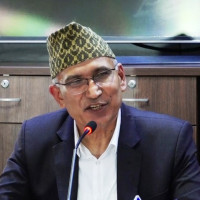

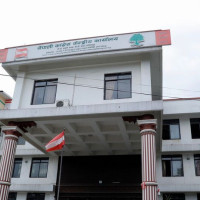
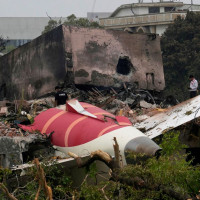
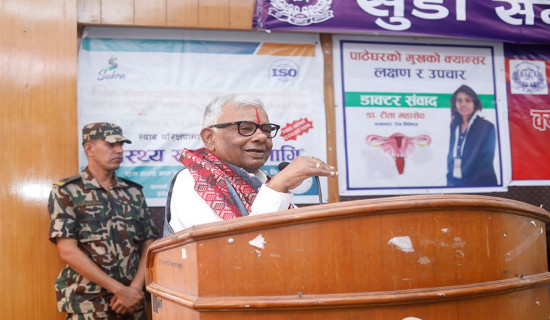
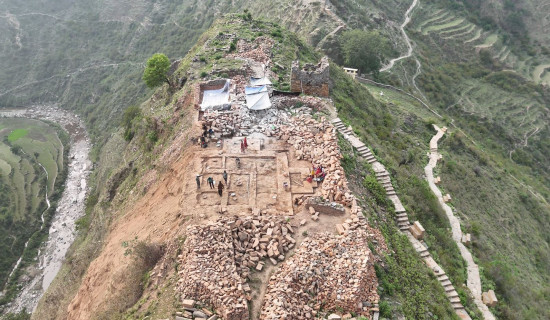

-original-thumb.jpg)




